Machine embroidery can be fun and productive and lets you personalize projects beautifully. Machines can help unleash creativity, but they can be expensive. To keep reliability and costs down, it is important to take care of them. So what type of maintenance should we practice for the best results?
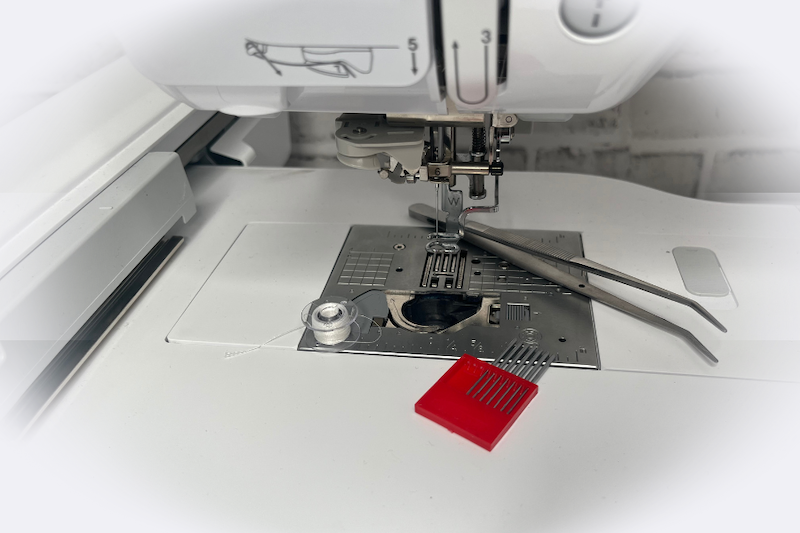
We take preventative measures to stay healthy. This includes exercising regularly and eating vegetables. Why not take the same approach when it comes to our machines? We can ensure they remain healthy and run smoothly.
Review the top maintenance tips to keep your embroidery machine lasting longer and performing better.
Differences Between Home and Commercial Embroidery Machines
Both home and commercial embroidery machines embroider, but there are a few maintenance differences.
A home machine is easy to use. It does not allow users to access its interior.
Maintenance on these machines should be performed by a service technician trained on that particular machine. Do not attempt to access the electronic areas of the machine. Stick to the routine maintenance outlined in the manual. It is best to follow these instructions.
Learn more about the best embroidery machines for your home and business.
Commercial machines are designed differently; in commercial settings, a trained technician usually manages all the maintenance and knows how to access areas of the machine needing work.
The sensitive electronic areas of the machine are located away from the moving and oily parts and are not touched. Operators who purchase commercial machines learn how and when to oil, adjust, and clean.
Top Embroidery Machine Maintenance Tips
Practice these maintenance tips for best-embroidered results.
Thread & Lint Removal
Whenever you see a thread breaking or a stray thread, please remove it. Short and longer bits of thread can get trapped in the bobbin race (where the bobbin sits) or your bobbin case.
You can use a stiff brush (like a makeup or paint brush) to whisk away little threads and dust.
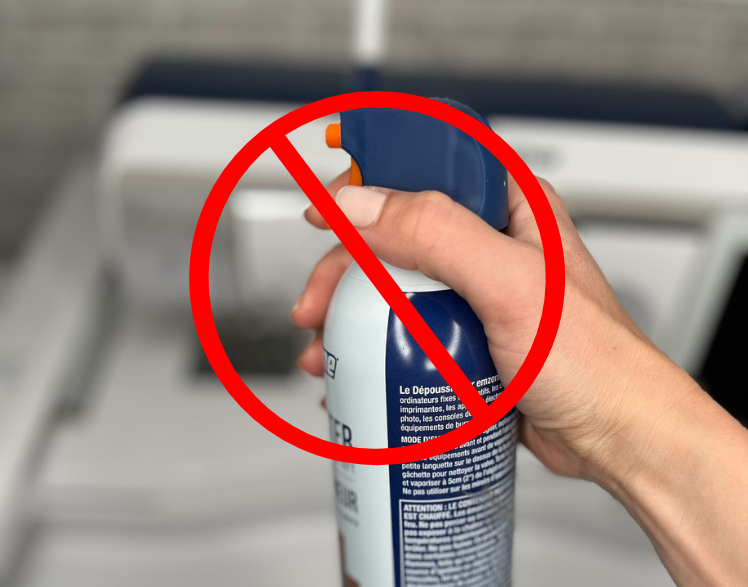
We highly suggest not using compressed air or blowing into the machine. Compressed air appears to be effective. However, it can push dirt and threads into the machine, making them more difficult to remove. Blowing with your mouth is gentler, but your breath is moist, and moisture and embroidery machines do not go well together.
Keep Your Embroidery Machine Bobbin Case Clean
The bobbin case is the source of many tension problems. These problems can usually be resolved easily with a business card or non-waxed dental floss! (Waxed floss leaves a wax residue that attracts more dirt.)
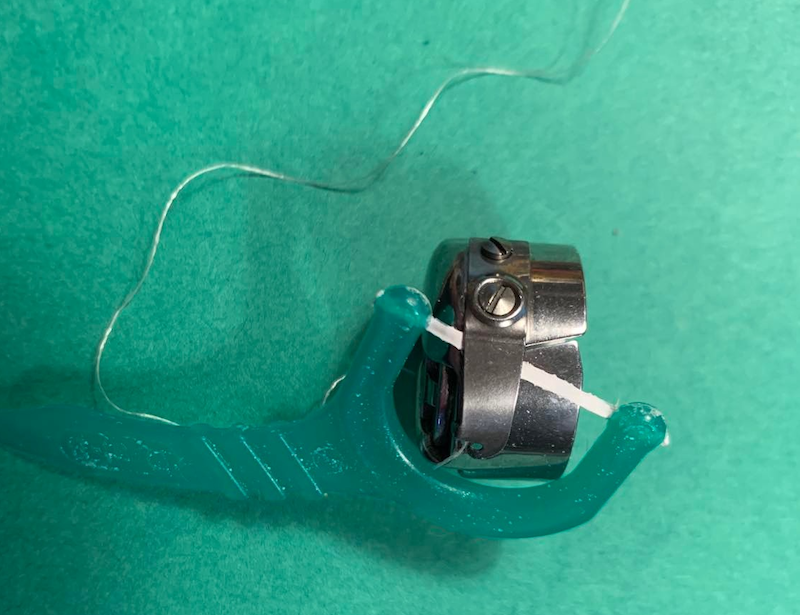
Be careful not to bend the tension spring (the flap), or you will not have a happy machine!
Have issues with your bobbin thread? Learn more about machine embroidery bobbin thread and how to prevent mistakes.
Oiling Your Embroidery Machine
Home machines are not designed to be oiled like their bigger cousins, the commercial machines.
The only recommended lubricating areas are listed in your user manual. Usually, the bobbin race is the only place you should consider lubricating since that is the place with the most friction. Do not attempt to open the machine to oil.
We sound like a broken record, but always consult your owner’s manual before applying oil. Some newer machines only require a little oiling if your machine is serviced regularly. Depending on your machine, oiling too much can damage the eclectic components of the machine.
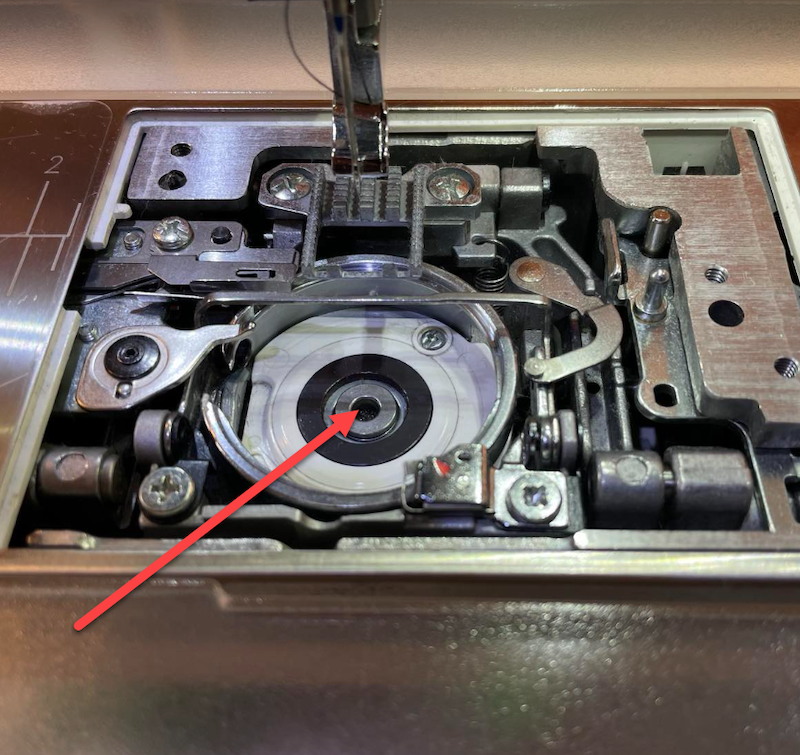
Oil your embroidery machine only with oil provided with the machine or an oil indicated for a sewing machine. Never (ever) use WD-40, salad oil, motor oil, silicone, or others. They may help at first but can have negative results on your machine running.
Commercial machines do like their oil! Most commercial machines have a schedule for oiling. You should apply a drop of oil to your bobbin race after removing the bobbin case each time you change bobbins. Many machines will have oil ports, which will be color-coded daily/weekly/monthly to make it easy for you.
Prevent Dirt and Dust Build Up
Keep your machine free of dust and dirt. A nightly cover reduces dust bunnies and other debris from getting trapped in your machine parts.
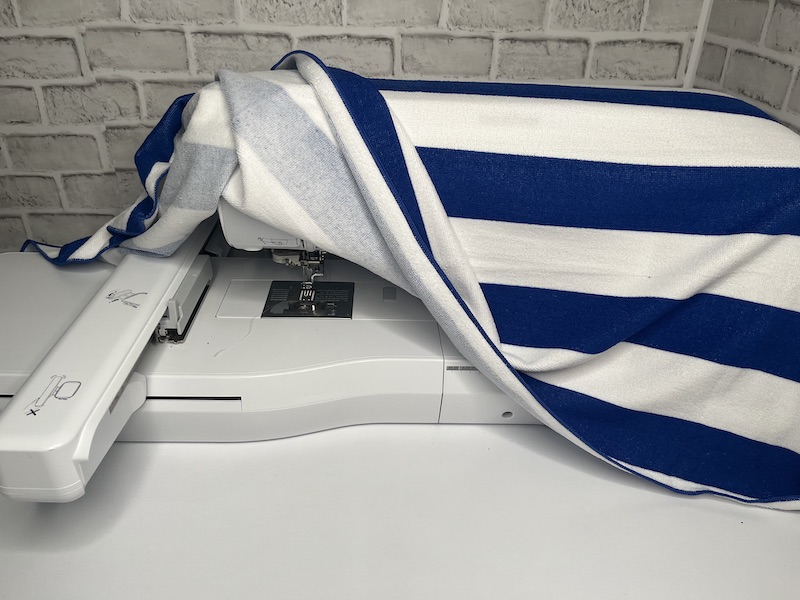
Don’t have a machine cover? Not to worry, even a clean towel or old sheet will work.
Servicing Your Embroidery Machine
Do you know how servicing your car helps keep it going? Servicing your machine is the same! Having a service center or a technician you trust is as good as an honest mechanic. A good rule of thumb is yearly or every 1,500 to 2,000 hours of use.
Your manual will tell you what maintenance needs to occur, and you can also find information on your machine’s website.
The technician will perform several tasks during a service. They will update the firmware and software, clean and check the machine, and test it. This will determine if any areas need attention. The maintenance cost varies, but protecting your costly investment is worth it in the long run.
Be Gentle With Your Machine
Treat your machine like a baby- nurture it, and don’t be rough! Embroidery machines are designed to be tough. However, their sensitive electronics and small parts are not built to withstand pliers, screwdrivers, or compressed air.
If you have issues with broken needles or items deep inside the machine, consult a certified machine tech or service center. Better to be out of the sewing room for a few days than down a broken machine for weeks or longer.
Use Embroidery Adhesive Sprays The Right Way
Many of us use a lot of tacky spray during embroidery projects. Ensure you use sprays specifically created for embroidery (these disappear after 3-5 days).
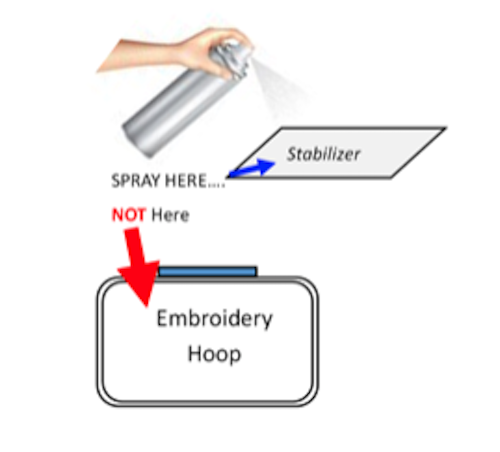
Remember to never spray near your machine! Remove your hoop and spray in a different area away from your machine and hoops.
Learn embroidery adhesive spray tips and tricks for the best results possible.
Suggested Embroidery Machine Needles
Always use the suggested needle for your machine, which can be found in your machine manual. Choosing the wrong size can cause breakage and damage to your needle plate or hook, and you could ruin a costly garment. Give the machine what it wants and needs, and it will give you beautiful embroidery.
Learn everything you need to know about embroidery needles and get your questions answered.
Change your needles regularly to keep them clean and sharp and prevent gumming up your garments.
Use Proper Power Protection On Your Machine
Power protection isn’t something we normally think about. You would hate for the sensitive electronics in your machine to be severely damaged by power surges.
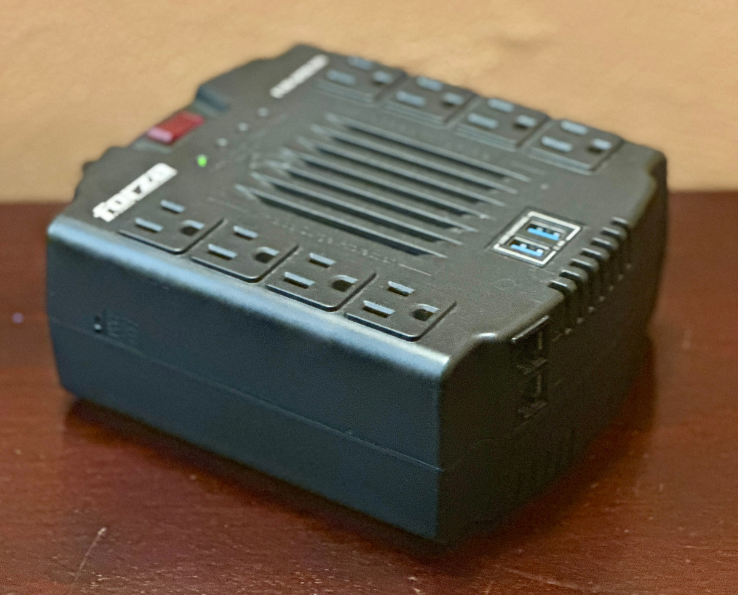
Ensure your machine is plugged into a surge protector to prevent damage from power surges and blackouts.
Conclusion: Machine Maintenance Is Key
We’ve given you information to get you started on your embroidery machine wellness plan, but you can continue! Here are a few takeaways for you to put into play:
- Keep your machine clean, and remember to cover it when not used.
- Don’t manhandle your machine; at the first sign of problems, call a certified technician or repair center.
- Always read your manual and remember to follow daily, monthly, and yearly suggested maintenance for best and long-term results.
Time to put what you learned into practice. What’s one area you can improve on today?
P.S. Don’t forget to download our Free Embroidery Legacy Design Kit for some beautiful embroidery designs to get your machine stitching.
